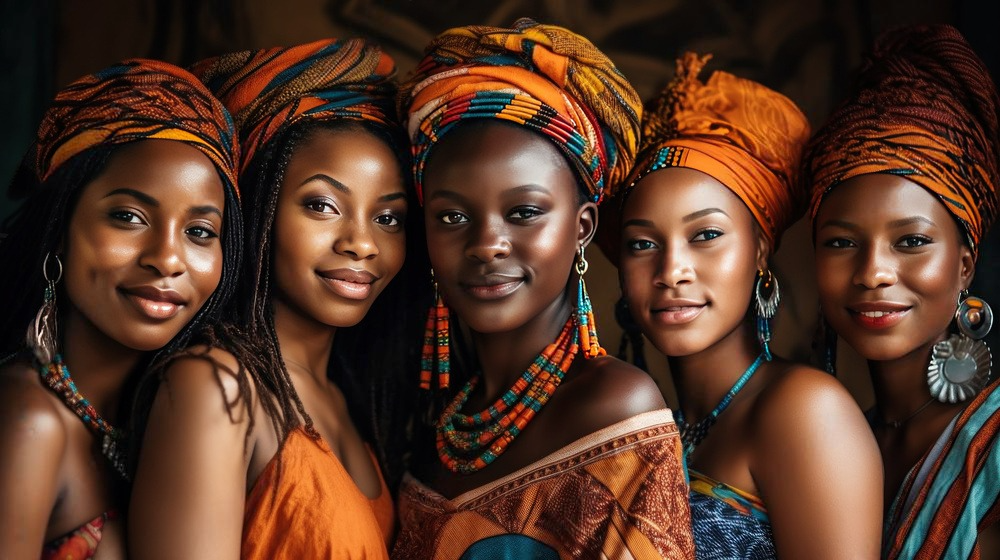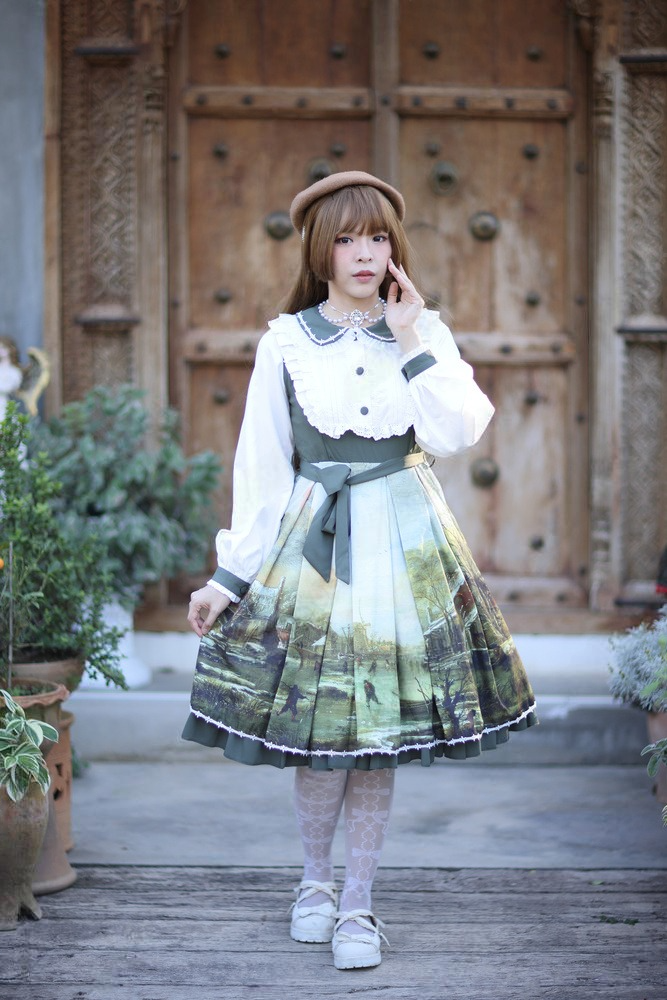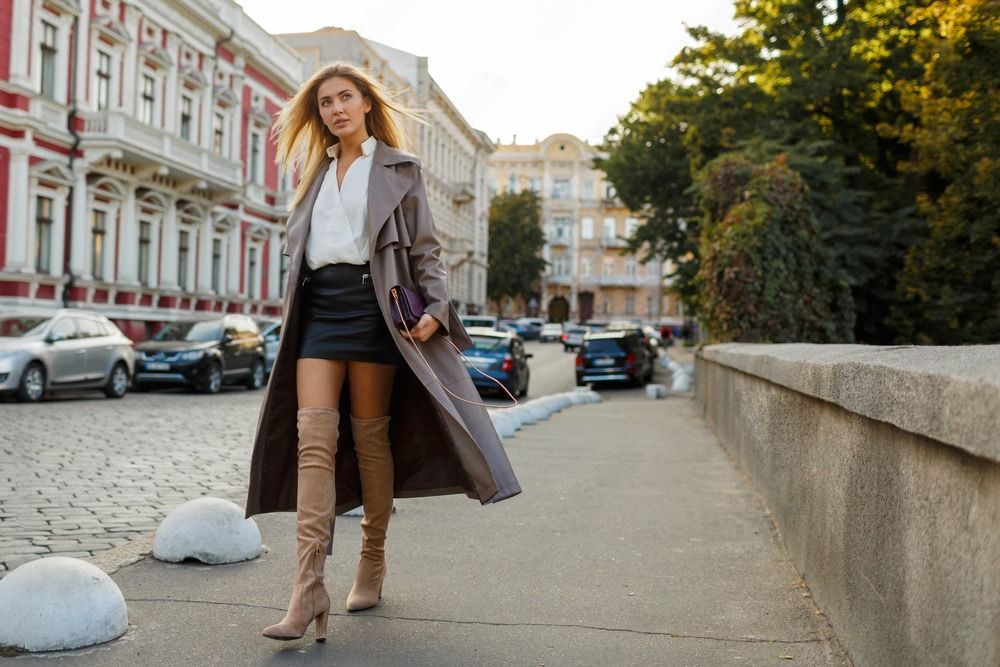Welcome to the enchanting world of folk fashion style, where tradition meets contemporary flair in a harmonious dance of culture and creativity. Rooted deeply in heritage and folklore, folk fashion has been gaining popularity as a unique expression of individuality and connection to one’s roots. Folk fashion style, rooted in the rich tapestry of cultural heritage, brings a unique charm to the world of clothing and accessories. From intricate embroidery to vibrant textile patterns, folk fashion celebrates the essence of tradition while offering a fresh perspective on personal style.
Table of Contents
Introduction to Folk Fashion Style
What is folk fashion?
Folk fashion is more than just clothing; it’s a reflection of cultural identity and heritage. Drawing inspiration from rural communities, ethnic groups, and indigenous traditions, folk fashion celebrates diversity and craftsmanship. What sets folk fashion style apart is its authenticity and connection to the past, infused with contemporary elements to make it relevant in today’s fashion landscape. Folk fashion style is a global phenomenon, with each region boasting its unique style and aesthetic.
From the intricate embroidery of Hungarian folk costumes to the vibrant textiles of African tribal wear, the diversity of folk fashion style is truly astounding. Whether it’s the colorful patterns of Mexican huipils or the intricate beadwork of Native American regalia, folk fashion style offers a glimpse into the rich tapestry of human culture.
Origin and Evolution: Tracing the Rich History of Folk Fashion
In the vibrant tapestry of human culture, fashion has always been a profound expression of identity, heritage, and tradition. Folk fashion style, in particular, serves as a captivating window into the unique narratives woven by different communities across the globe. From the intricately embroidered garments of Eastern Europe to the bold patterns of African textiles, the history of folk fashion is as diverse and fascinating as the cultures that created it.
The Roots of Folk Fashion
Folk fashion, often referred to as traditional or ethnic attire, encompasses the clothing and accessories worn by various ethnic groups and communities. Its origins can be traced back to ancient times when clothing served not only as protection from the elements but also as a symbol of cultural identity.
In many cultures, folk fashion style was deeply intertwined with everyday life, reflecting the values, beliefs, and social status of the wearer. From the nomadic tribes of Central Asia to the indigenous peoples of the Americas, each community developed its distinct styles and techniques, often passed down through generations.
Cultural Influences and Regional Variations
Throughout history, folk fashion style has been shaped by a myriad of cultural influences and regional variations. Migration, trade, and conquests have all played significant roles in the evolution of traditional attire, resulting in a rich tapestry of styles and designs.
For example, the Silk Road facilitated the exchange of goods and ideas between East and West, leading to the fusion of Asian and European elements in the clothing of Central Asian nomads. Similarly, the colonization of the Americas introduced indigenous peoples to new materials and techniques, influencing the development of their traditional dress.
Symbolism and Significance
One of the most intriguing aspects of folk fashion style is its symbolism and significance within different cultures. From the colors used to the motifs embroidered, every element of traditional attire carries deep cultural meaning and historical significance.
For instance, in many African cultures, certain patterns and colors are associated with specific tribes or rituals, serving as a visual language that communicates identity and belonging. Likewise, the intricate beadwork found in Native American clothing often represents elements of nature or spiritual beliefs.
Revival and Renewal
In recent years, there has been a growing interest in folk fashion style as people seek to reconnect with their cultural roots and heritage. This revival has led to a renewed appreciation for traditional techniques and craftsmanship, as well as innovative interpretations of classic designs.
Artisans and designers around the world are incorporating elements of folk fashion style into contemporary clothing, blending old and new to create unique and culturally rich garments. From runway shows to street style, traditional attire is making a resurgence, serving as a reminder of the enduring power of cultural expression.
Characteristics of Folk Fashion: Embracing the Richness of Tradition
Folk fashion, with its deeply rooted history and cultural significance, boasts a plethora of distinctive characteristics that set it apart from mainstream trends. From the intricate patterns to the choice of materials, each aspect of traditional attire tells a unique story of heritage and identity.
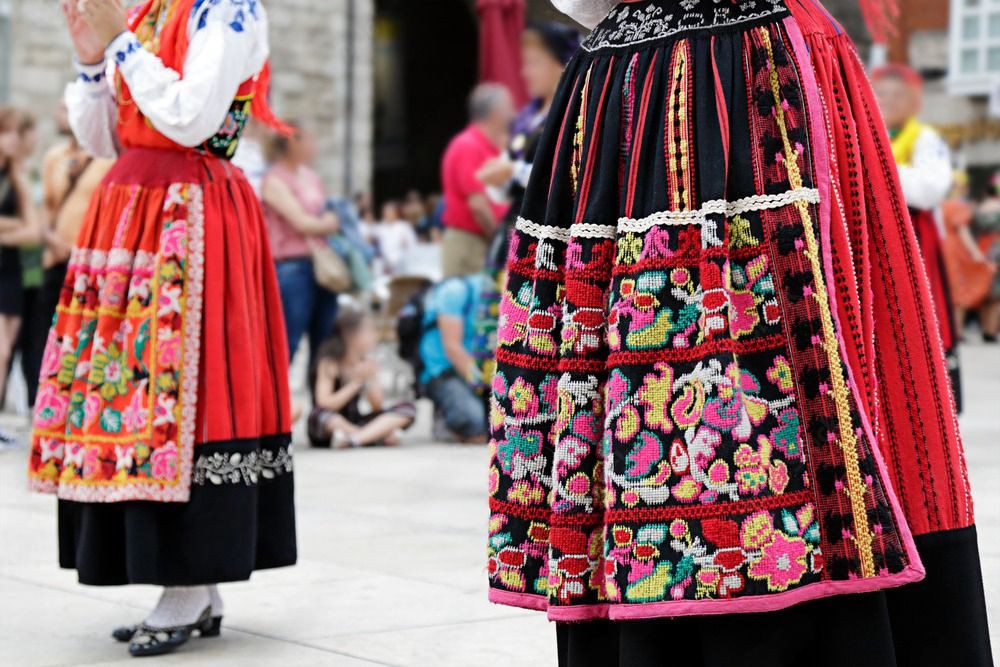
1. Cultural Specificity
One of the defining features of folk fashion style is its close connection to specific cultures and communities. Whether it’s the vibrant colors of Indian saris or the geometric designs of Navajo textiles, traditional attire often reflects the customs, beliefs, and values of a particular group.
2. Handcrafted Techniques
Unlike mass-produced clothing, folk fashion is often handmade using traditional techniques passed down through generations. From handwoven textiles to intricate embroidery, each garment bears the mark of skilled artisans who imbue their creations with love and craftsmanship.
3. Symbolism and Meaning
Every element of folk fashion style carries deep symbolic significance, from the colors and patterns to the choice of adornments. These symbols often reflect cultural beliefs, spiritual practices, or societal roles, serving as a visual language that communicates identity and heritage.
4. Regional Variation
Folk fashion exhibits a remarkable diversity of styles and designs across different regions and communities. From the elaborate costumes of European folk dancers to the simple elegance of Japanese kimono, each locale has its own unique interpretation of traditional attire shaped by geography, climate, and historical influences.
5. Functional Design
While aesthetics play a significant role in folk fashion style, functionality is equally important. Traditional attire is often designed to meet the practical needs of daily life, whether it’s providing protection from the elements or allowing for ease of movement during cultural ceremonies and rituals.
6. Continuity and Change
Despite its deep-rooted traditions, folk fashion style is not static but rather evolves in response to social, economic, and political changes. While certain elements may remain constant, such as the use of natural fibers or specific motifs, new influences and innovations continually reshape traditional attire, keeping it relevant for contemporary wearers.
7. Community Connection
Folk fashion style fosters a sense of belonging and community among its wearers, serving as a visual marker of shared identity and heritage. Whether worn during festive celebrations or everyday activities, traditional attire reinforces bonds between generations and strengthens cultural pride.
8. Resilience and Adaptability
Throughout history, folk fashion style has demonstrated remarkable resilience in the face of external pressures and influences. Despite colonization, globalization, and modernization, many communities have managed to preserve their traditional attire, adapting it to changing circumstances while retaining its essence.
Embrace the Timeless Charm: Key Elements of Folk Fashion Style
In a world where trends come and go, folk fashion stands out as a timeless and enchanting style that continues to captivate fashion enthusiasts around the globe. Rooted in tradition and culture, folk fashion style celebrates heritage and individuality through unique patterns, textures, and designs. Whether you’re drawn to the vibrant colors of Mexican folk embroidery or the intricate knits of Scandinavian sweaters, there’s something undeniably alluring about embracing the rich tapestry of folk fashion.

1. Rich Textiles and Fabrics
At the heart of folk fashion style lie rich textiles and fabrics that tell stories of tradition and craftsmanship. From the luxurious feel of silk to the rugged charm of handwoven wool, folk fashion embraces a diverse range of materials that add depth and texture to every outfit. Whether it’s a flowing maxi dress adorned with intricate floral embroidery or a cozy woolen sweater hand-knitted by artisans, the emphasis on quality fabrics is a hallmark of folk fashion.
2. Vibrant Embroidery and Patterns
One of the most distinctive features of folk fashion style is its use of vibrant embroidery and intricate patterns. Drawing inspiration from nature, folklore, and cultural symbols, folk garments are often adorned with elaborate designs that reflect the heritage of the community. Whether it’s the geometric motifs of Hungarian embroidery or the floral patterns of Ukrainian vyshyvanka, each stitch tells a story and adds a touch of whimsy to the attire.
3. Handcrafted Details
In a world dominated by mass-produced fashion, the allure of handcrafted details cannot be overstated. From hand-stitched quilting to hand-painted motifs, folk fashion celebrates the artistry and skill of traditional craftsmanship. Whether it’s the delicate lacework of Irish crochet or the intricate beadwork of Native American moccasins, the attention to detail sets folk fashion apart and lends each piece a sense of authenticity and charm.
4. Ethnic Influences and Cultural Heritage
Folk fashion style draws inspiration from a rich tapestry of ethnic influences and cultural heritage from around the world. Whether it’s South America’s vibrant textiles or the Middle East’s intricate weaving techniques, folk fashion celebrates diversity and honors the traditions of different communities. By incorporating elements of ethnic dress into contemporary fashion, folk style pays homage to the beauty and complexity of global cultures.
5. Layering and Textural Contrast
A key aspect of folk fashion style is the art of layering and textural contrast, which adds visual interest and depth to an outfit. Whether it’s pairing a chunky knit sweater with a delicate lace skirt or layering a colorful shawl over a simple tunic, folk fashion style encourages experimentation and creativity in styling. By combining different textures and fabrics, you can create a look that is both eclectic and expressive, reflecting the individuality of the wearer.
6. Sustainable Practices and Ethical Fashion
In an era of fast fashion and disposable clothing, folk fashion style champions sustainable practices and ethical fashion principles. By valuing quality over quantity and supporting local artisans and craftsmen, folk fashion promotes a more conscious approach to consumption. Whether it’s investing in timeless pieces that are built to last or choosing natural and eco-friendly materials, embracing folk fashion is not only a style statement but also a commitment to responsible fashion choices.
7. Adaptability and Personal Expression
One of the greatest appeals of folk fashion style is its adaptability and versatility, allowing individuals to express their unique style and personality. Whether you’re drawn to the bohemian flair of gypsy-inspired fashion or the rustic charm of Scandinavian folkwear, folk fashion offers endless possibilities for self-expression. By mixing and matching different elements and incorporating your personal touches, you can create a look that is as unique and individual as you are.
8. Timeless Appeal and Enduring Style
Unlike fleeting trends that come and go, folk fashion possesses a timeless appeal and enduring style that transcends seasons and fads. Whether it’s a vintage-inspired peasant blouse or a classic Fair Isle sweater, folk garments are designed to withstand the test of time and remain relevant year after year. By investing in pieces that are both timeless and versatile, you can build a wardrobe that is as enduring as it is stylish.
9. Cultural Preservation and Revival
In an age of globalization and homogenization, folk fashion plays a vital role in preserving and reviving traditional craft techniques and cultural heritage. By celebrating indigenous designs and supporting artisanal communities, folk fashion helps to safeguard intangible cultural assets and promote cultural diversity. Whether it’s through participating in craft workshops or purchasing ethically sourced textiles, individuals can contribute to the preservation and revival of folk traditions.
Popular Folk Fashion Trends: Embracing Tradition in Modernity
Folk fashion, with its rich tapestry of cultural influences and traditional craftsmanship, continues to inspire contemporary trends and captivate fashion enthusiasts around the globe. From the runways of high-end designers to street-style scenes, elements of traditional attire often find their way into modern wardrobes, breathing new life into age-old traditions.

1. Embroidered Details
The art of embroidery has long been synonymous with folk fashion style, adding intricate embellishments and vibrant colors to garments. Whether it’s delicate floral motifs adorning blouses or geometric patterns embellishing jackets, embroidered details evoke a sense of artisanal craftsmanship and cultural heritage.
2. Bold Patterns
From paisleys to ikats, folk fashion style is renowned for its bold and eye-catching patterns that command attention. These vibrant designs, often inspired by nature, mythology, or traditional symbols, infuse garments with a sense of energy and personality, making them perfect statement pieces for fashion-forward individuals.
3. Flowing Silhouettes
Many traditional folk garments feature flowing silhouettes that allow for ease of movement and comfort. Whether it’s the billowing sleeves of a Ukrainian vyshyvanka or the graceful draping of an Indian saree, these relaxed yet elegant shapes have become synonymous with bohemian chic and effortless style.
4. Rich Textiles
Folk fashion style celebrates the beauty of natural textiles, with a particular emphasis on handwoven fabrics and luxurious materials. From the sumptuous wool of Scottish tartans to the intricate brocades of Chinese qipaos, these rich textiles lend an air of opulence and sophistication to traditional attire.
5. Ethnic Accessories
Accessories play a crucial role in folk fashion style, adding the finishing touch to an ensemble and showcasing cultural identity. From intricate beaded jewelry to handcrafted leather belts, ethnic accessories serve as a nod to tradition while adding a touch of individual flair to any outfit.
6. Revived Heritage
In recent years, there has been a resurgence of interest in folk fashion style as people seek to reconnect with their cultural roots and heritage. Designers and brands are drawing inspiration from traditional attire, reimagining classic silhouettes and motifs for the modern wearer, thus ensuring that these timeless trends remain relevant in today’s fashion landscape.
7. Global Fusion
As the world becomes increasingly interconnected, folk fashion has undergone a process of global fusion, with designers drawing inspiration from diverse cultures and traditions. This cross-pollination of styles has led to exciting new interpretations of traditional attire, blending elements from different regions and creating eclectic and vibrant fashion statements.
Influential Cultures Shaping Folk Fashion: Embracing Cultural Diversity
Folk fashion style is a mosaic of diverse influences, shaped by the rich tapestry of cultures and traditions worldwide. From the colorful textiles of Latin America to the intricate embroidery of Eastern Europe, each culture brings its unique flair to the global fashion landscape.
1. India: Vibrant Textiles and Ornate Embroidery
India’s rich cultural heritage has long been a source of inspiration for folk fashion enthusiasts worldwide. Traditional Indian attire, such as the saree, kurta, and lehenga, is renowned for its vibrant colors, intricate patterns, and exquisite embroidery techniques. From the elaborate zardozi work of North India to the colorful bandhani tie-dye of Gujarat, Indian folk fashion celebrates craftsmanship and storytelling through textiles.
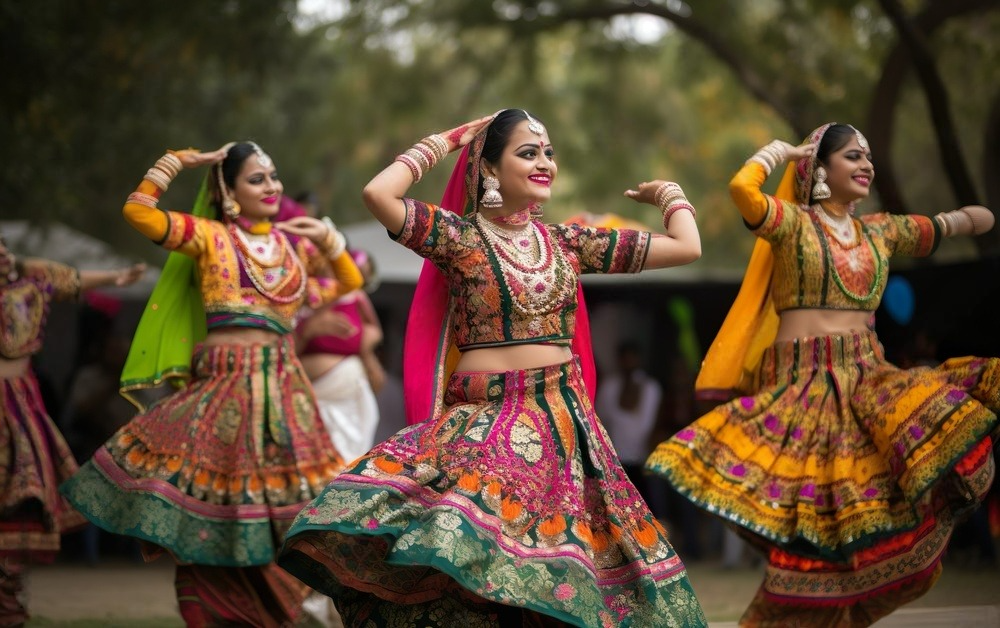
2. Japan: Minimalist Elegance and Timeless Kimonos
Japanese folk fashion is characterized by its minimalist aesthetic and timeless elegance. The kimono, with its simple yet sophisticated silhouette, remains an iconic symbol of Japanese culture. From the delicate cherry blossom motifs of the sakura to the bold geometric patterns of traditional yukata, the Japanese folk fashion style reflects a harmonious blend of nature-inspired motifs and refined craftsmanship.
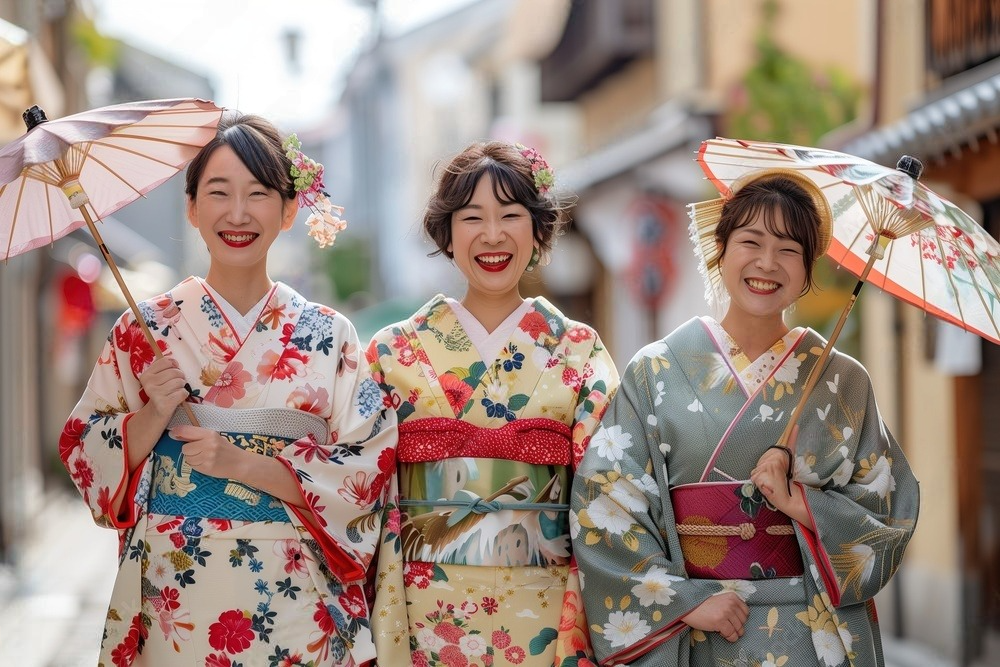
3. Mexico: Bold Colors and Intricate Embroidery
Mexico’s vibrant folk fashion is a celebration of color, pattern, and cultural identity. Traditional Mexican attire, such as the huipil, rebozo, and charro suit, is characterized by its bold colors, intricate embroidery, and indigenous motifs. From the geometric designs of Oaxacan textiles to the floral patterns of Puebla’s Talavera pottery, the Mexican folk fashion style embodies the country’s rich history and cultural diversity.
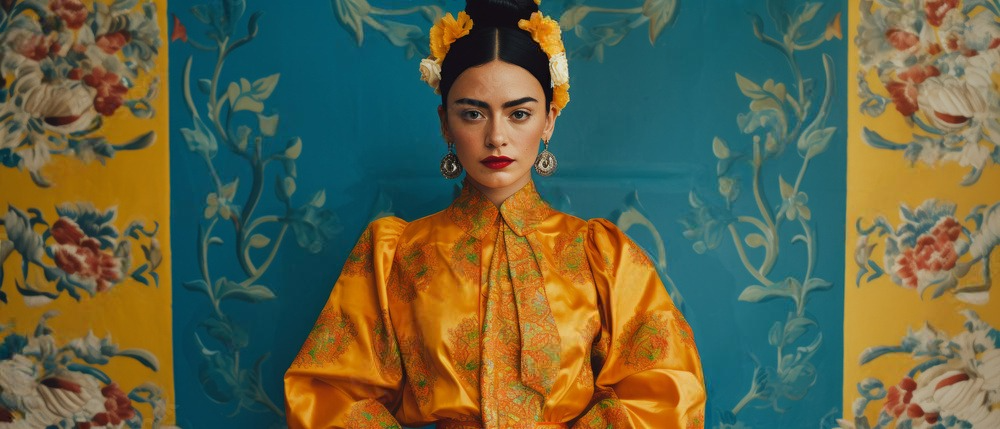
4. Scandinavia: Cozy Knits and Timeless Patterns
Scandinavian folk fashion is synonymous with cozy knits, timeless patterns, and functional design. Traditional garments like the Icelandic lopapeysa and the Norwegian bunad showcase intricate knitting techniques and geometric motifs inspired by nature and mythology. With a focus on warmth, durability, and craftsmanship, Scandinavian folk fashion reflects the region’s harsh climate and close connection to the natural world.

5. Africa: Bold Prints and Symbolic Motifs
Africa’s diverse cultures and traditions have influenced folk fashion trends across the globe, with vibrant prints, bold colors, and symbolic motifs taking center stage. From the kente cloth of Ghana to the mud cloth of Mali, African textiles celebrate the continent’s rich heritage and cultural identity. With a focus on community, storytelling, and spiritual significance, the African folk fashion style embodies the resilience and creativity of its people.
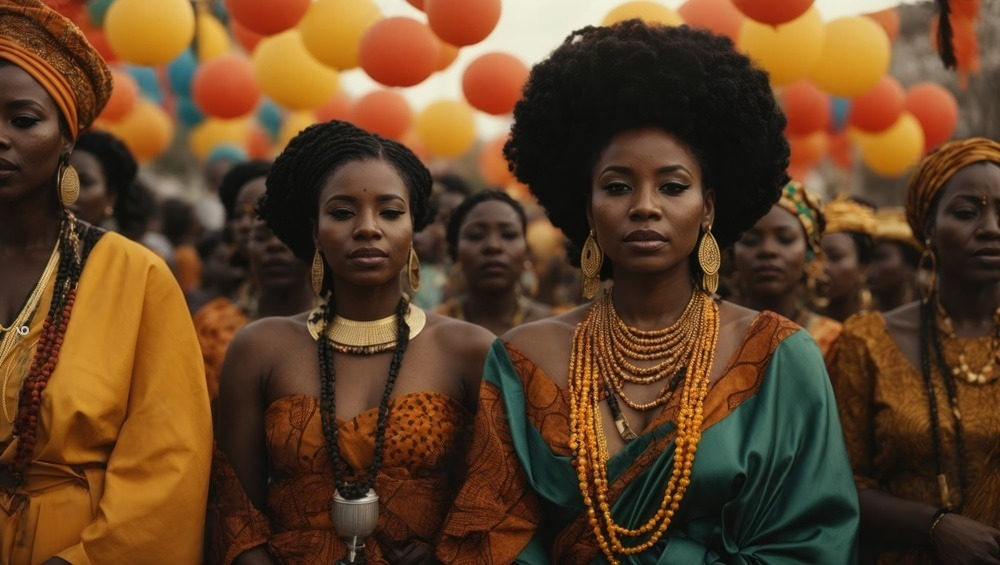
6. Eastern Europe: Intricate Embroidery and Folklore
Eastern European folk fashion is steeped in tradition, with intricate embroidery, elaborate headpieces, and richly embellished garments playing a central role in cultural expression. From the colorful floral patterns of Ukrainian vyshyvanka to the ornate beadwork of Romanian blouses, Eastern European folk fashion style reflects a deep reverence for folklore, rituals, and ancestral heritage.

7. Indigenous Cultures: Connection to the Land and Spirituality
Indigenous cultures around the world have preserved their unique folk fashion traditions, often rooted in a deep connection to the land, spirituality, and community. From the regalia of Native American powwows to the bark cloth of Aboriginal Australians, indigenous folk fashion style celebrates the interconnectedness of humans and nature, weaving stories of resilience, identity, and cultural survival.
In conclusion, the influential cultures shaping folk fashion style offer a kaleidoscope of colors, textures, and narratives that celebrate the richness and diversity of human expression. By drawing inspiration from traditional attire and cultural practices, designers and fashion enthusiasts honor the legacy of these influential cultures while creating a global fashion landscape that embraces diversity, creativity, and interconnectedness.
………………To be Continued

